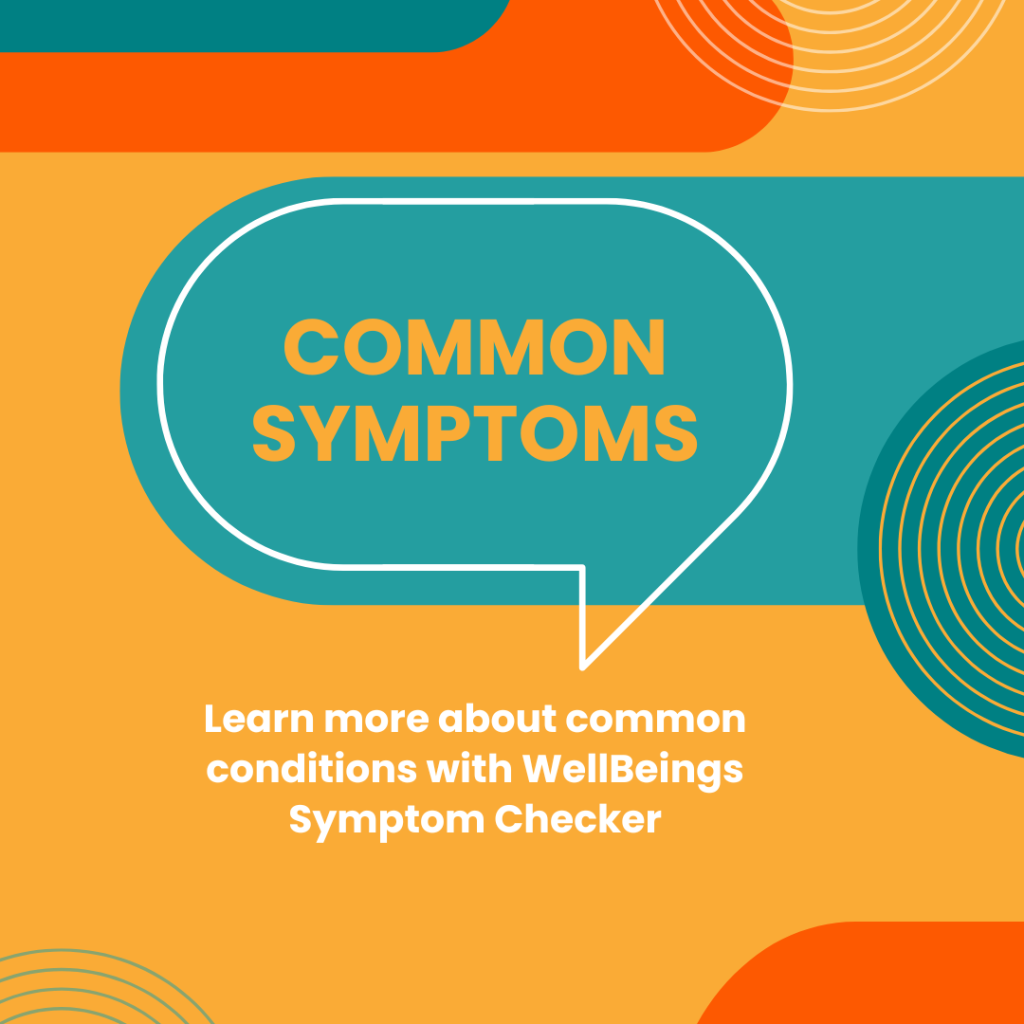Rheumatic fever is an illness that causes swelling in the heart and joints, as well as other parts of the body
This condition happens as a result of an untreated strep throat or scarlet fever. It is apparent when your immune system reacts too strongly to these infections.
Quick Read:
- Rheumatic fever mostly affects children between the ages of five and 15, but it can also occur in adults.
- Doctors will usually prescribe anti-inflammatory medications to help reduce inflammation and relieve the symptoms.
- It’s important to diagnose and treat rheumatic fever early to prevent serious complications, especially as the effects can spread to the heart.
What causes rheumatic fever?
Rheumatic fever is a respiratory illness but also has an impact on heart health. Although it begins as an infection from strep bacteria, one of the major complications of rheumatic fever is rheumatic heart disease, which affects the heart valves and can lead to long-term heart issues if left untreated. If you’ve previously had rheumatic fever, you’re more likely to get it again if you get strep throat or scarlet fever.
This fever happens when our immune system overreacts to an infection from group A Streptococcus bacteria. These bacteria can cause illnesses like strep throat or scarlet fever.
Here’s how it works:
If you get strep throat or scarlet fever and it’s not treated, it can lead to rheumatic fever. The immune system tries to fight off the infection but sometimes ends up attacking parts of the body like the heart, joints, skin and brain.
Some people may be more likely to get rheumatic fever because of their genetics or other factors. To prevent rheumatic fever, it’s important to treat strep throat or scarlet fever with antibiotics as soon as possible.

Signs and symptoms of rheumatic fever include:
- Fever
- Chest pain
- Painful and tender joints in the ankles, knees, wrists and elbows
- Fatigue
- Red, hot or swollen joints
- Flat or slightly raised and painless rash
- Small and painless bumps under the skin
- Heart murmurs
- Erratic body movements
- Emotional outbursts, like crying or hysterical laughter
Will rheumatic fever affect me?
Several things can increase the risk of rheumatic fever. Genetics play some role and can make some people more prone to it. Also, certain types of strep bacteria are more likely to lead to this illness. School-aged children are especially vulnerable, particularly within environments with crowding or poor sanitation. These conditions can make it easier for strep bacteria to spread among groups.
Help at hand
If you’ve had rheumatic fever before, you’re more likely to get it again if you catch strep throat or scarlet fever. To reduce this risk, it’s important to get quick treatment if your child has a fever. The best way to avoid contracting or spreading group A strep infections is to cover your mouth when sneezing or coughing, wash your hands regularly, and avoid coming into contact with sick people. Teach your child good health hygiene habits, too.
Be sure to get medical attention if children have:
- A temperature of at least 37.8°C for infants six weeks and older.
- A temperature of 38.3°C or higher for babies six weeks to six months old.
- A fever lasting more than three days.
Treating rheumatic fever aims to clear any remaining strep bacteria and ease symptoms. Your child may be given antibiotics, anti-inflammatory medications, or other treatments and will need plenty of rest.
Images: Pixabay and Pexels



















